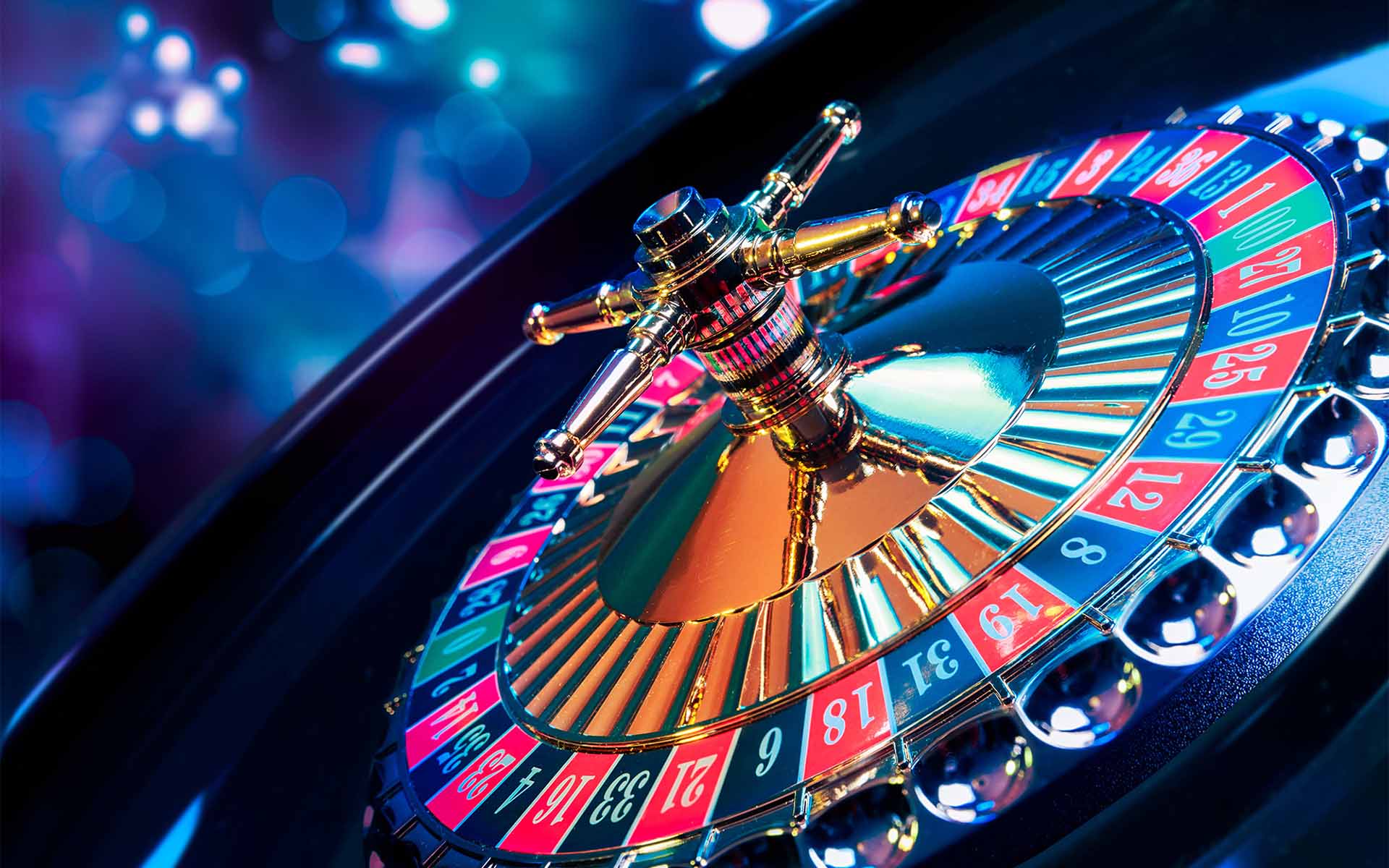
Within a vibrant and stimulating world of casinos, wherein luck and strategy intertwine, hues and design play a key role in drawing in players. From the moment visitors step inside a casino or log into a gaming website, they are immersed in a sightly feast that grabs their attention and lures them to discover more. Bright colors, engaging graphics, and innovative layouts are meticulously crafted to create an atmosphere of excitement and anticipation, ultimately improving the gaming experience.
While players move through the ever-changing landscape of casino games, they come across a variety of designs that not only serve aesthetic purposes but also influence emotions and choices. Hues like red and gold symbolize wealth and fortune, while calm navy and greens can create a more tranquil environment. Understanding how these elements function together allows casinos to create an inviting and energizing atmosphere that encourages players to interact with the games, spend more time at the tables, and boost their general enjoyment.
The Science of Tint in Casino Games
Tint plays a key role in the design of gambling games, influencing player emotions and actions. Lively and bold hues, such as scarlet and amber, are often used to stimulate thrill and draw focus. These colors create a sense of urgency and dynamism, encouraging gamblers to involve themselves more enthusiastically with the activity. casino online non AAMS By strategically selecting colors, developers aim to evoke emotions of satisfaction and expectation, which can enhance the total player experience.
Distinct colors also have psychological connotations that can impact how gamblers perceive their odds of success. For instance, lime is frequently associated with good fortune and abundance, making it a well-liked choice in activities like roulette and poker games. This connection can cause players to feel more optimistic and confident in their gaming, ultimately motivating them to wager more. Understanding these associations allows game developers to create environments that enhance player enjoyment and loyalty.
Furthermore, the layout of gambling game interfaces often utilizes color gradients and contrasting colors to direct player actions. For case, winning combinations may be accentuated with bright, opposing shades, creating a visual incentive. This approach strengthens positive outcomes and promotes repeated participation. By exploiting color psychology, gambling establishments can develop games that not only draw participants but also keep them engaged and invested in their gaming experience.
Creative Elements that Engage Gamers
The aesthetic appeal of gambling games is primarily influenced by the use of bold colors. Bright and striking colors are strategically chosen to create an inviting atmosphere that grabs interest. For example, reds and golden hues often signify luck and wealth, which is why they are prevalent in the color schemes of slot machines and table surfaces. These colors not only attract players in, but they also evoke emotions associated with thrill and anticipation, enhancing the overall gaming experience.
In addition to color, the aesthetic and layout of gambling games play a significant role in captivating players. Games are designed to be user-friendly, ensuring that players can quickly understand the rules and gameplay. User-friendly interfaces, along with captivating graphics and motion, help maintain player interest and promote extended play sessions. The tactile elements, such as the feel of the controls and the sounds of the games, also add to a comprehensive sensory experience that keeps players immersed.
In conclusion, conceptual elements in gaming design can significantly influence player choice. Many gambling games are inspired by popular culture, myths, or adventure themes, incorporating symbols and characters that resonate with players. These themes create a sense of engagement and connection, making each game feel distinct. When players feel a bond to the concept, they are more likely to opt for that game over others, leading to increased participation and enthusiasm within the casino environment.
Case Studies: Effective Casino Table Game Designs
One prime example of successful gambling game design is the popular slot machine series based around popular movies. Games such as those based on the Wizard of Oz and Game of thrones utilize vibrant colors and top-notch graphics to engage players in well-known narratives. The employment of dynamic visuals and engaging sound effects takes the attention of players, establishing an emotional connection to the theme. This strategy not just encourages longer play but also enhances the overall gaming experience, leading to increased player retention.
Another successful case is the application of color psychology in table games like blackjack and roulette. Casinos often develop these games with dark reds and greens, colors traditionally connected with luck and wealth. For instance, the green felt on a 21 table provides a relaxing effect, while the crimson accents in the wheel invite thrill. This thoughtful use of color helps to foster an inviting atmosphere that motivates players to engage, satisfying their psychological impulses and boosting their enjoyment.
Finally, social casino games that incorporate community features and lively, dynamic designs have achieved remarkable success in engaging players. Games like Zynga Poker and Slotomania leverage vivid colors and playful animations to forge an inviting online environment. The inclusion of leaderboards, community sharing options, and in-app rewards fosters competition and community, drawing players in for longer sessions. Such designs not only make the games visually enticing but also underscore social interaction, a vital factor in player retention and engagement within digital casino environments.